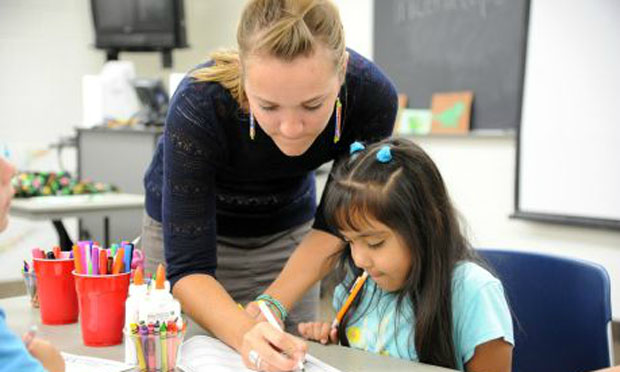Which measures will help close the academic achievement gap between low- and high-income students remains a matter of intense policy debate. One idea has been to extend the school year in order to give students more learning days, while another strategy has involved school districts offering summer programs targeting under-performing students.
A 2011 study by the RAND Corporation, “How Summer Programs Can Boost Children’s Learning,” focused on the potential of such educational programs in minimizing summer learning losses and examined the costs associated with such programs. By reviewing available data and conducting interviews and site visits, the researchers sought to identify the existing evidence as to what makes for an effective summer program in an urban setting.
The study’s findings include:
- Students typically experience significant summer learning losses; at the beginning of the following school year they are, on average, one month behind where they left off in the spring. These losses disproportionately affect low-income students.
- 49% of low-income fourth-grade students scored at the “below basic” level in reading, compared to 20% of higher-income students; and in math, 30% of low-income students performed at the lowest level compared to only 9% of their higher-income peers. These trends continue in the eighth grade, where the differences are 40% versus 15% in reading and 43% versus 17% in mathematics.
- An estimated two-thirds of the reading achievement gap by ninth grade could be attributed to summer learning loss in the first five years of schooling.
- The positive effects of summer learning programs only begin to show for those children who participated for at least two summers and maintained attendance rates of greater than 39%.
- In interviews, impressions of program efficacy were mixed, with some school district saying they were not worth the cost and other district leaders backing such efforts.
- Donated goods and services provided by volunteers accounted for an average of 15% of a typical summer program’s budget. Summer programs were, on average, 50% cheaper than school-year programs. This suggests that they “may be more attractive to cost-conscious districts.”
The researchers note that among urban districts that offer summer programs, many cannot attract more than half of the targeted students. Moreover, “few districts provide full-day academic and enrichment summer programs for their entire low-performing or high-need populations.” The “biggest threat” to success, they note, remains enrolling the children and ensuring they consistently attend.
Keywords: African-American, children, Hispanic, Latino, poverty, race


Expert Commentary